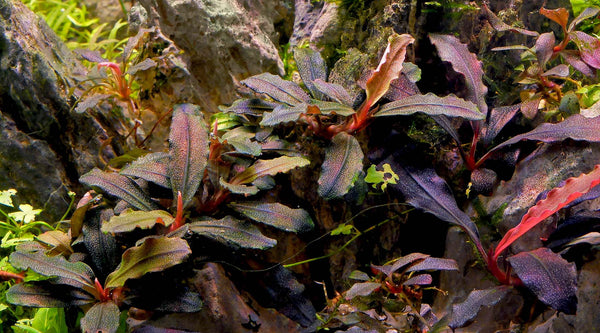_Maq_
Member
Here you can see, on the upper shelf, a series of four tanks which I named "Portugals". Their names from left to right are Branco, Azul, Vermelho & Preto (meaning White, Blue, Red, Black). Each of them is 70 liters net, and faithful to my standard, sandy substrate (0.6-1.2 mm), lighting 10 to 25 W ordinary LED bulbs for 7 hours a day, water pump with venturi, no filters, no CO2 enhancement, no heating, no animals except snails. All established in June last year. Although I enjoy watching these tanks very much, they are NOT meant to deliver any particular beauty. It's just my collection of various plants, and while divided among four tanks, it enables me to compare growth and other events depending on slightly (or more than slightly) different conditions, mainly mineral composition of water. In general, I follow pH decrease from Branco to Preto.
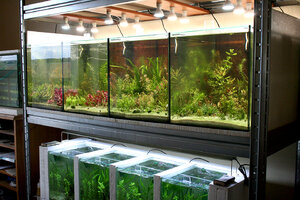
You may notice that on the lower shelf of the same rack, Micurins are positioned - you may know them from here . Micurins are meant for short-term intensive experiments with clearly defined start and end. Conversely, Portugals keep on running, though I change mineralization quite often. There's always something to adjust, improve, or to explore.
This thread is not meant to expose beautiful tanks neither success stories. There's not much to say about plants which are growing fairly well; the more so that this is low-tech, so that my "fine" results usually still lack something compared with the same plants kept in hi-tech conditions.
Instead, I want to be presenting some of my disasters, or less than successful developments, to discuss them with you, my colleagues.
Here you can see my Rotala indica. They grow slowly, occassionaly melting from lower parts, and dropping older leaves. In short, they don't look nice.
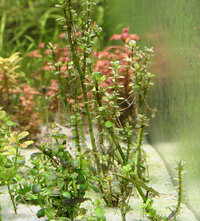
Also neighbouring Cuphea anagalloidea suffers similarly.
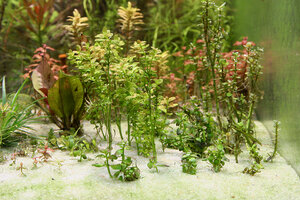
(Rotala ramosior 'Florida' is from tissue culture, planted here five weeks ago, and seems still hesitating whether to grow or not - yet not dying.)

You may notice that on the lower shelf of the same rack, Micurins are positioned - you may know them from here . Micurins are meant for short-term intensive experiments with clearly defined start and end. Conversely, Portugals keep on running, though I change mineralization quite often. There's always something to adjust, improve, or to explore.
This thread is not meant to expose beautiful tanks neither success stories. There's not much to say about plants which are growing fairly well; the more so that this is low-tech, so that my "fine" results usually still lack something compared with the same plants kept in hi-tech conditions.
Instead, I want to be presenting some of my disasters, or less than successful developments, to discuss them with you, my colleagues.
Here you can see my Rotala indica. They grow slowly, occassionaly melting from lower parts, and dropping older leaves. In short, they don't look nice.

Also neighbouring Cuphea anagalloidea suffers similarly.

(Rotala ramosior 'Florida' is from tissue culture, planted here five weeks ago, and seems still hesitating whether to grow or not - yet not dying.)
Last edited:


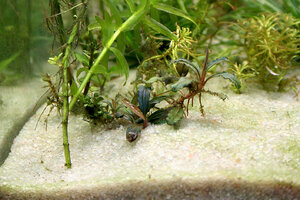
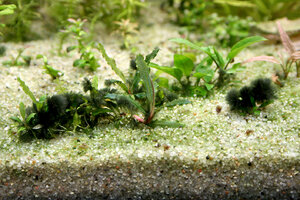
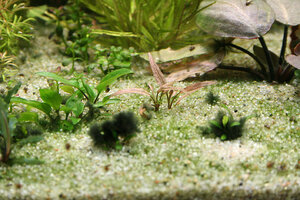
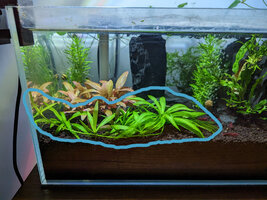
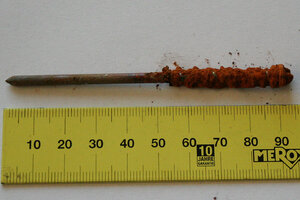
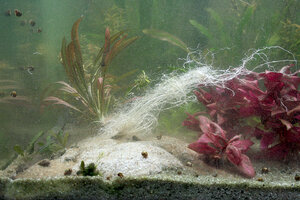
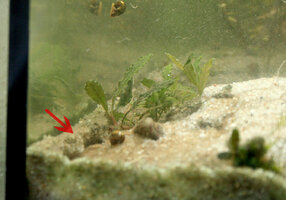
 No pun intended, I mostly mean the amount of debris in the substrate. Maybe its because you dont have any filter media?
No pun intended, I mostly mean the amount of debris in the substrate. Maybe its because you dont have any filter media? I would be very interested to see what effect that might have.
I would be very interested to see what effect that might have.